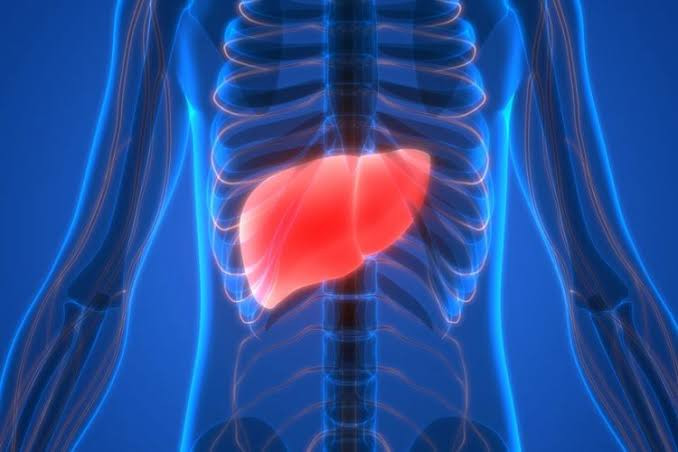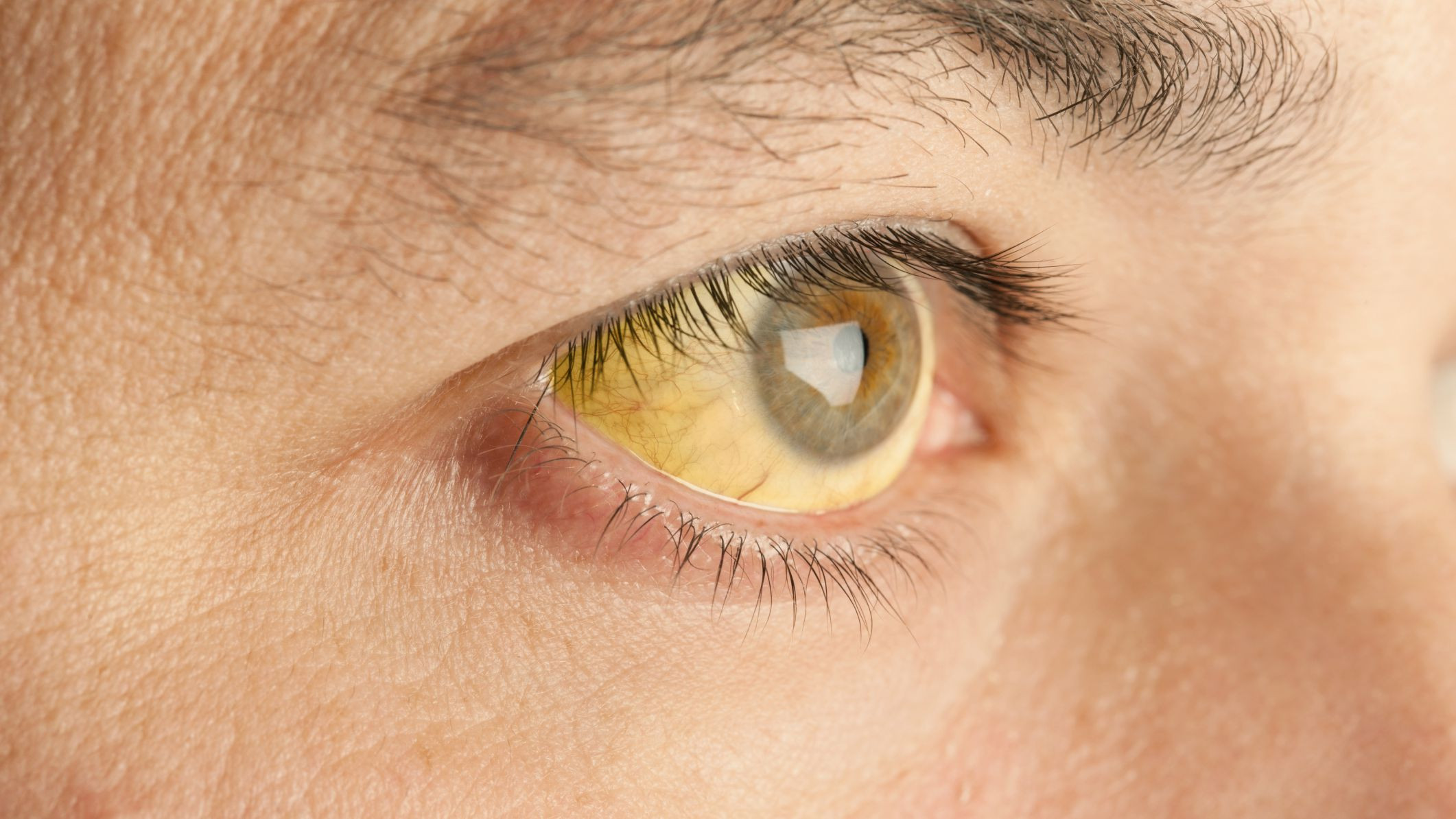Definisi
Kolangitis bilier primer adalah penyakit yang dahulu dikenal sebagai sirosis bilier primer, yaitu suatu penyakit yang muncul akibat kerusakan saluran empedu di organ liver. Saluran empedu ini membawa cairan empedu dari organ liver menuju usus halus. Semua saluran empedu menyatu ke suatu saluran dikenal sebagai traktus bilier. Cairan empedu berperan dalam proses pencernaan. Di usus halus, cairan empedu membantu dalam memecah lemak dan membantu penyerapan vitamin yang larut dalam lemak, seperti vitamin A, D, E, dan K.
Saat saluran empedu mengalami pembengkakan atau peradangan, kondisi ini akan menghambat aliran cairan empedu ke usus halus. Perubahan ini dapat menimbulkan pembentukan jaringan parut di organ liver (sirosis bilier). Penyakit sirosis hati yang tidak mengalami perbaikan klinis akan berlanjut menjadi gagal organ liver.
Kolangitis bilier primer memiliki 4 stadium klinis bergantung pada seberapa besar dampak atau kerusakan yang telah terjadi pada organ liver.
- Stadium 1, didapatkan adanya radang dan kerusakan pada dinding saluran empedu yang berukuran menengah.
- Stadium 2, didapatkan hambatan pada saluran empedu yang berukuran kecil.
- Stadium 3, terdapat jaringan parut pada organ liver dan saluran empedu.
- Stadium 4, sirosis mulai muncul, dan terjadi kerusakan atau pembentukan jaringan parut di organ liver yang permanen dan berat, sehingga merusak organ liver.
Kolangitis bilier primer umumnya terjadi pada perempuan usia menengah di seluruh dunia. Rasio penyakit ini pada perempuan dan laki-laki sekitar 9 : 1. Diagnosis biasanya ditegakkan pada perempuan dengan usia 30 - 60 tahun.
Penyebab
Kolangitis bilier primer adalah penyakit autoimun, yaitu kondisi dimana sel kekebalan tubuh bukannya menyerang zat asing yang jahat, namun menyerang sel-sel tubuh yang sehat. Disini sel kekebalan tubuh menyerang sel organ liver dan merusak saluran empedu. Penyebab pastinya masih belum diketahui. Diduga penyakit ini terpicu oleh kombinasi dari faktor genetik yang dipunya pasien dan faktor lingkungan yang turut menjadi pemicu.
Karena kolangitis bilier primer merupakan penyakit autoimun, kondisi ini juga bisa terkait dengan penyakit autoimun lainnya seperti:
- Penyakit seliak, penyakit autoimun yang merusak usus halus
- Penyakit raynaud, kelainan pembuluh darah langka pada jari tangan dan kaki
- Gangguan kelenjar tiroid
Faktor Risiko
Tenaga kesehatan atau dokter dapat menilai apakah Anda memiliki beberapa faktor risiko yang menyebabkan kolangitis bilier primer. Beberapa faktor risiko dari kondisi ini adalah:
- Adanya riwayat keluarga dengan kolangitis bilier primer
- Memiliki penyakit autoimun yang sedang diderita
- Jenis kelamin perempuan dan berusia 30 - 60 tahun
- Infeksi saluran kemih
- Merokok
- Pernah terpapar zat kimia beracun
- Sedang menjalani terapi penggantian hormon
Gejala
Gejala dari kolangitis bilier primer berkembang secara perlahan-lahan di dalam tubuh. Mungkin Anda tidak memiliki gejala selama bertahun-tahun, dan penyakit ini baru ditemukan ketika melakukan pemeriksaan rutin. Gejala yang sering muncul pada penyakit ini adalah mudah lelah, mulut kering, dan mata kering disertai dengan kulit yang gatal. Kolangitis bilier primer dapat menyebabkan kerusakan organ liver secara progresif.
Gejala-gejala lain yang dapat muncul di antaranya:
- Nyeri perut
- Bercak kulit dengan warna yang gelap
- Mual
- Hilang nafsu makan
- Berat badan turun
- Tampak benjolan berwarna kuning di kelopak mata (xanthoma)
- Nyeri sendi, otot atau tulang
- Kuning pada kulit dan mata (jaundice)
- Perut yang membengkak akibat penumpukan cairan
- Bengkak pada pergelangan kaki dan telapak kaki (edema)
- Diare
Diagnosis
Diagnosis kolangitis bilier primer adalah yang dapat ditegakkan melalui wawancara medis, pemeriksaan fisik, dan pemeriksaan penunjang. Terkadang pada pasien yang tidak bergejala, penyakit baru ditemukan saat pemeriksaan penunjang. Pada wawancara medis, dokter akan menanyakan gejala yang dirasakan oleh pasien saat ini. Anda perlu mengutarakan gejala yang dirasakan selengkap mungkin dan disertai dengan sejak kapan gejala tersebut mulai dirasakan. Informasi ini penting bagi dokter dalam rangka menegakkan diagnosis medis tertentu.
Dokter akan melanjutkan ke pemeriksaan fisik untuk menemukan tanda pada tubuh yang mengarah pada penyakit organ liver atau saluran empedu. Pada kasus kolangitis bilier primer, dokter dapat menemukan adanya warna kuning pada kulit dan mata. Bisa ditemukan juga penumpukan cairan yang mengakibatkan pembengkakan pada area perut atau kaki.
Pemeriksaan penunjang juga memiliki peran dalam menegakkan atau memastikan diagnosis kolangitis bilier primer. Pemeriksaan penunjang yang bisa dilakukan antara lain:
- Pemeriksaan darah termasuk pemerikaan enzim liver dan fungsi liver
- Pemeriksaan AMA (Antimitochondrial Antibody) untuk mengarah ke penyakit autoimun
- Biopsi organ liver dengan mengambil sebagian kecil sampel sel liver untuk pemeriksaan lebih lanjut
- Pemeriksaan pencitraan (USG, CT scan, MRI, dan rontgen) saluran empedu
Tata Laksana
Pasien dengan kolangitis bilier primer mungkin tidak mengalami gejala selama ±10 tahun. Apabila pasien menderita kolangitis bilier primer stadium awal (stadium 1 atau 2), maka angka harapan hidupnya masih tergolong baik. Akan tetapi, apabila kolangitis bilier primer sudah berada di tahap gejala yang berat seperti pada stadium akhir, maka angka harapan hidup rerata pasien sekitar 10-15 tahun. Namun, setiap orang berbeda-beda. Ada beberapa orang yang dapat hidup lebih lama dibandingkan orang lain dengan penyakit yang sama.
Hingga saat ini belum ada pengobatan khusus untuk menyembuhkan kolangitis bilier primer. Karena penyakit ini merupakan penyakit yang progresif, akan terus berlanjut dan semakin parah, pengobatan yang ada saat ini bertujuan untuk memperbaiki gejala klinis dan melindungi organ liver dari kerusakan lebih lanjut.
Bila Anda merasa gatal, Anda bisa meredakannya dengan memberi kompres dingin untuk sementara waktu di area tubuh yang terasa gatal dan memakai baju longgar yang berbahan lembut. Dokter juga bisa memberi obat asam ursodeoksikolat sesuai dengan panduan yang ada. Pada beberapa kasus, proses pembedahan transplantasi liver dapat dilakukan apabila kerusakan pada organ liver sudah terlalu berat.
Komplikasi
Komplikasi dari kolangitis bilier primer diakibatkan oleh penumpukan cairan empedu yang seharusnya dialirkan hingga ke usus halus, namun menumpuk di organ liver sehingga dapat mengenai organ-organ lainnya juga yang berada di dekat organ liver, seperti organ limpa dan kantung empedu. Beberapa komplikasi yang dapat muncul pada kolangitis bilier primer di antaranya:
- Pembesaran limpa
- Batu empedu
- Kadar kolesterol yang tinggi
- Pengeroposan tulang (osteoporosis) dan patah tulan
- Defisiensi vitamin
- Sirosis
- Gagal organ liver
Pencegahan
Hingga saat ini belum ada pencegahan yang bermakna untuk terhindar dari kasus kolangitis bilier primer. Meskipun demikian, ada beberapa hal yang dapat menurunkan risiko terjadinya kolangitis bilier primer yaitu konsumsi makanan dengan gizi seimbang, menghindari rokok, menghindari minum alkohol, berolahraga rutin, dan cukup istirahat.
Kapan Harus ke Dokter?
Jika Anda mengalami perburukan gejala yang sudah ada, sebaiknya Anda memeriksakan diri lebih lanjut ke dokter spesialis penyakit dalam (Sp.PD). Dokter akan melakukan wawancara medis, pemeriksaan fisik, hingga pemeriksaan penunjang tertentu untuk menetapkan diagnosis pasti dari penyakit yang mendasarinya dan tata laksana yang tepat dan sesuai kebutuhan.
Mau tahu informasi seputar penyakit lainnya? Cek di sini, ya!
- dr Hanifa Rahma
Pandit S, Samant H. Primary Biliary Cholangitis. [Updated 2022 May 8]. In: StatPearls [Internet]. Treasure Island (FL): StatPearls Publishing; 2022 Jan-. Available from: https://www.ncbi.nlm.nih.gov/books/NBK459209/
Medline Plus. Primary biliary cirrhosis. April 2020. https://medlineplus.gov/ency/article/000282.htm
Healthline. Primary biliary cirrhosis. April 2020. https://www.healthline.com/health/primary-biliary-cirrhosis#.











